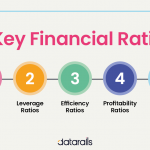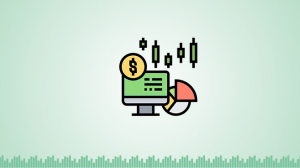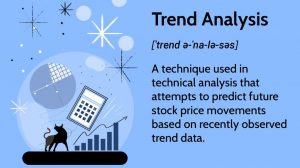
Introduction
Deciphering the future of market trends is a nuanced exercise, often relying on a blend of fundamental and technical analysis, a keen eye for innovation, and an informed perspective on geopolitical movements. Warren Buffett once said, “I never attempt to make money on the stock market. I buy on the assumption that they could close the market the next day and not reopen it for five years.” This long-term strategy is grounded in a comprehensive understanding of key market indicators, which are pivotal for predicting trends.
Section 1: Economic Fundamentals
Economic fundamentals comprise broad factors such as Gross Domestic Product (GDP), inflation rates, employment data, and manufacturing indexes. These indicators can offer a panoramic view of the economic health and prospective direction of a market.
For example, a country with low unemployment rates, high GDP growth, and manageable inflation levels tends to be attractive to investors. A prime example would be China’s unprecedented growth in the early 21st century, where strong fundamentals led to significant capital inflows and market growth.
Section 2: Technological Innovation
Technological innovation is a powerful driver of market trends. New technologies can disrupt entire industries, creating lucrative opportunities for some businesses while posing existential threats to others.
A salient example is the impact of electric vehicle (EV) technology on the automobile industry. Tesla’s innovative strides in this field have sparked a significant trend toward electric transportation, sending shockwaves throughout the traditional automotive and oil industries. As the late Steve Jobs put it, “Innovation distinguishes between a leader and a follower.”
Section 3: Interest Rates and Monetary Policy
Interest rates and monetary policy play a crucial role in shaping market trends. Central banks, such as the U.S. Federal Reserve, use interest rates to control inflation and stabilize the economy. When interest rates are low, companies are incentivized to borrow and invest, leading to economic expansion and generally bullish market trends.
A contemporary example is the near-zero interest rate policy adopted by many central banks in response to the COVID-19 pandemic. This policy has resulted in a surge of investment in asset markets, driving up prices in stocks, real estate, and cryptocurrencies.
Section 4: Market Sentiment and Social Trends
Market sentiment, fueled by investor psychology, news events, and now, social trends, can sway markets dramatically. A collective shift in trader sentiment can create self-sustaining upward or downward market trends.
A recent manifestation of this is the GameStop saga, wherein retail investors, mobilized through the social media platform Reddit, managed to trigger a short squeeze, sending GameStop’s stock price soaring in early 2021. This event underscored the significant influence of market sentiment and social trends on market movements.
Conclusion
Predicting market trends is an intricate interplay of economic understanding, technological foresight, awareness of monetary policy, and an informed read on market sentiment. As noted by Benjamin Graham, the father of value investing, “In the short run, the market is a voting machine but in the long run, it is a weighing machine.” By keeping an attentive eye on these key indicators, one can ‘weigh’ the market more accurately, and make informed decisions about future trends.














